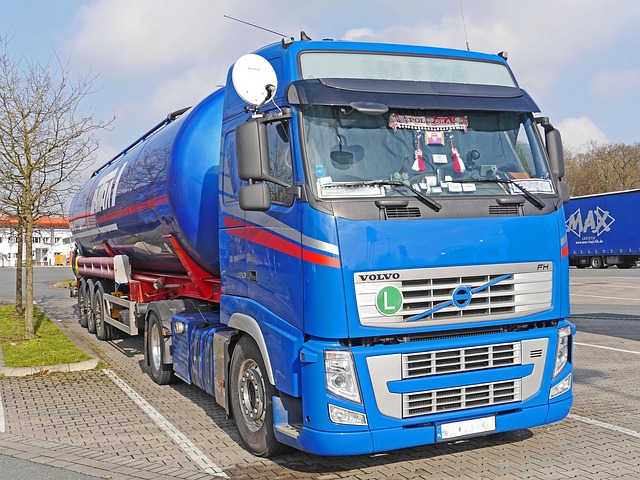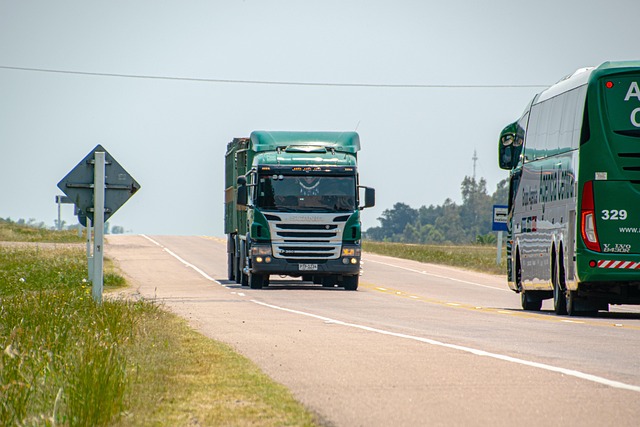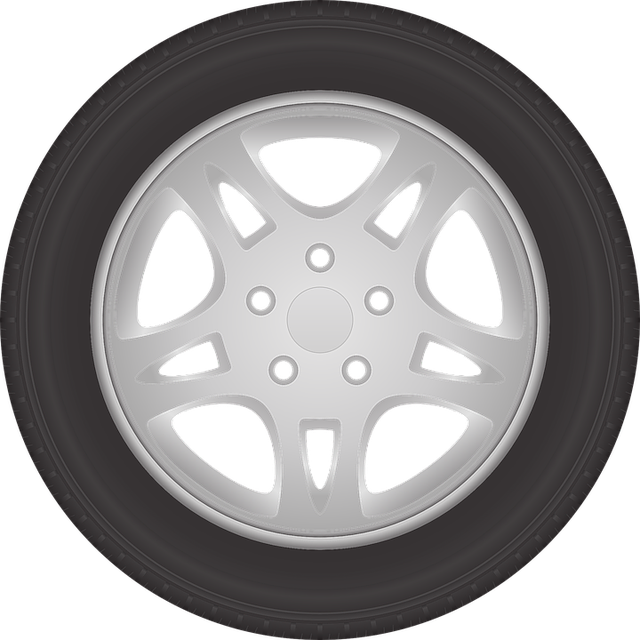Looking to register your car in California? This comprehensive guide walks you through the entire process, from understanding key requirements to securing your license plate. Discover the essential steps, including gathering vital documents and undergoing crucial DMV VIN verification. We’ll break down each phase, ensuring a smooth registration experience for California residents. Get ready to hit the road legally!
- Understand California Car Registration Requirements
- Gather Necessary Documents for DMV Visit
- Perform VIN Verification: Steps and Importance
- Complete Application Process at the DMV
- Obtain License Plate and Register Your Vehicle
Understand California Car Registration Requirements

Before registering your car in California, it’s crucial to understand the state’s specific requirements for vehicle identification number (VIN) verification. The California Department of Motor Vehicles (DMV) mandates that all vehicles entering the state undergo a rigorous VIN inspection to ensure they meet safety and environmental standards. This process involves validating the VIN data with the manufacturer and checking for any reported accidents or outstanding issues related to the vehicle’s history.
A key component of this verification is utilizing reliable tools, such as a mobile VIN inspector or a mobile VIN verifier. These services streamline the verification process by offering on-site or remote inspections, allowing you to verify your car’s authenticity and compliance with California laws quickly and efficiently. By engaging in these steps, you ensure that your vehicle registration proceeds smoothly and without unexpected delays.
Gather Necessary Documents for DMV Visit

Before heading to the California Department of Motor Vehicles (DMV), make sure you have all the required documents for a smooth registration process. One crucial document is the Vehicle Identification Number (VIN) verification, which can be done through a mobile vin inspection or at a DMV office. This step is essential for establishing ownership and ensuring the vehicle’s history is accurate.
Gathering the necessary paperwork in advance saves time and effort. You’ll need the title or registration documents of the vehicle, along with valid identification such as a driver’s license or state-issued ID card. Additionally, proof of insurance and any applicable fees are required to register your car. A mobile vin inspection can help you complete the VIN verification process quickly and efficiently before visiting the DMV.
Perform VIN Verification: Steps and Importance

Before registering your car in California, performing a Vehicle Identification Number (VIN) verification is a crucial step. This process involves checking the vehicle’s history and ensuring it meets all safety standards. You can complete this at a DMV office or use a mobile vin verifier for added convenience. Here’s how: first, locate your vehicle’s VIN, typically found on the driver’s side of the dashboard or under the windshield. Then, gather necessary documents, including proof of ownership and insurance. For a quick and efficient check, consider using a mobile vin inspection service that can provide instant results while you wait.
The DMV vin verification process is designed to protect both buyers and sellers by ensuring the vehicle’s identity. It helps verify its authenticity, accident history, and outstanding liens or recalls. By crossing-referencing the VIN data with national databases, this step guarantees a car’s roadworthiness and safety, which is essential for California registration.
Complete Application Process at the DMV

To register your car in California, the first step is to complete the application process at the Department of Motor Vehicles (DMV). This involves gathering essential documents and passing a series of inspections. One crucial aspect is the DMV’s Vehicle Identification Number (VIN) verification, which ensures the vehicle’s authenticity. A mobile VIN verifier or inspection service can be particularly useful here, as it offers a convenient, on-site solution to this requirement.
Once your car has undergone the necessary checks, including a safety inspection and emissions test (if applicable), you’ll need to present these documents along with your application form at the DMV. This process streamlines vehicle registration, making it more efficient and less time-consuming for California residents.
Obtain License Plate and Register Your Vehicle

After completing your vehicle’s purchase, it’s time to obtain a license plate and register your car with the California Department of Motor Vehicles (DMV). The registration process involves several steps, starting with a crucial verification known as DMV VIN (Vehicle Identification Number) inspection. This step ensures that your car matches the details in its title and documentation. You can opt for a traditional visit to a DMV field office or take advantage of convenient services like mobile VIN inspection, where a DMV representative comes to you for a quick and efficient verification process.
During registration, you’ll need to provide essential documents, including proof of ownership, vehicle identification number (VIN), and current vehicle insurance. Once your car passes the VIN inspection, you can proceed with selecting license plates, which come in different types and prices. After choosing your preferred plates, submit all required paperwork, pay the registration fees, and your vehicle will officially be registered for California roads.
Registering a car in California involves understanding state requirements, gathering essential documents, and completing a straightforward application process. After passing the DVW VIN verification step, which ensures vehicle authenticity, you’re ready to visit a DMV office to finalize your registration. Obtain your license plates and ensure your vehicle is legally registered, making California roads safer and smoother for all. Remember, proper car registration is not just a legal requirement but also a crucial aspect of responsible car ownership.



